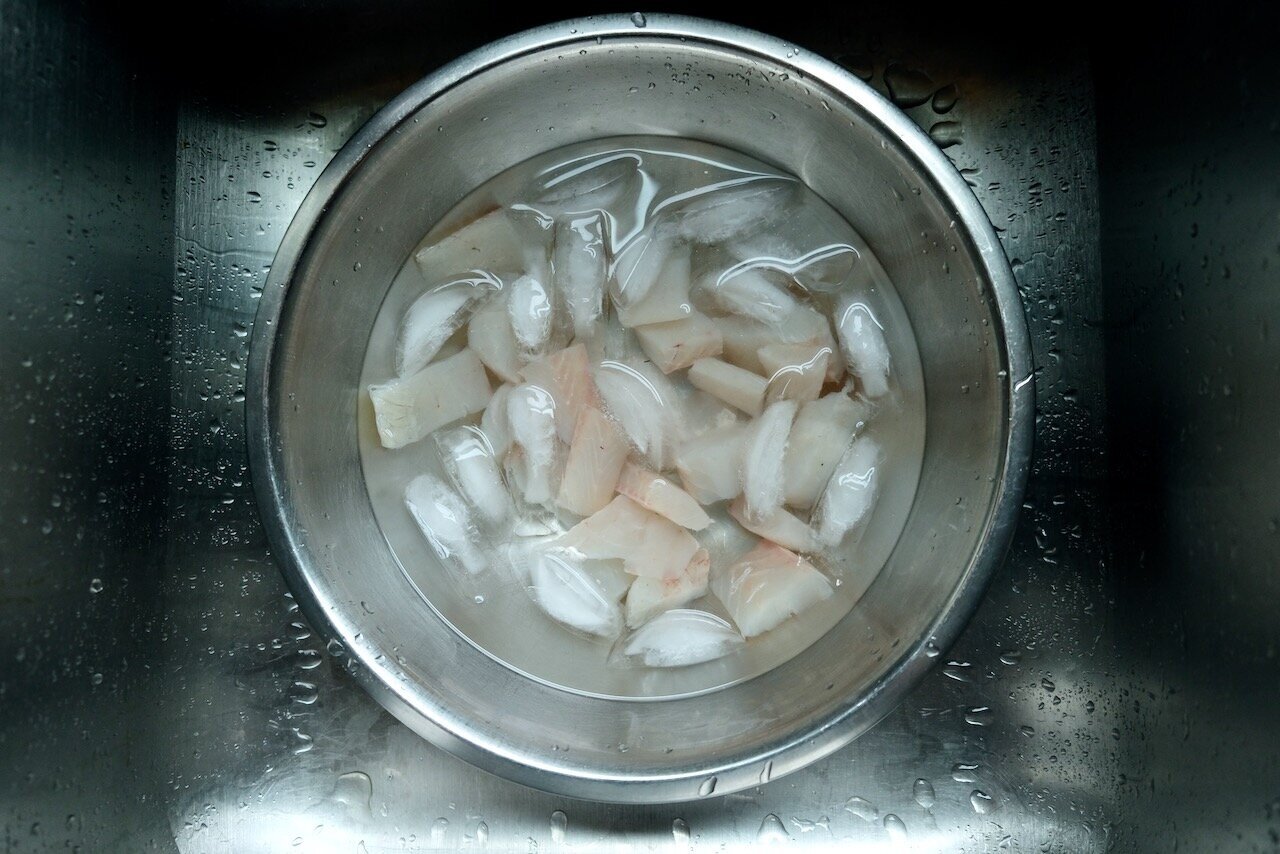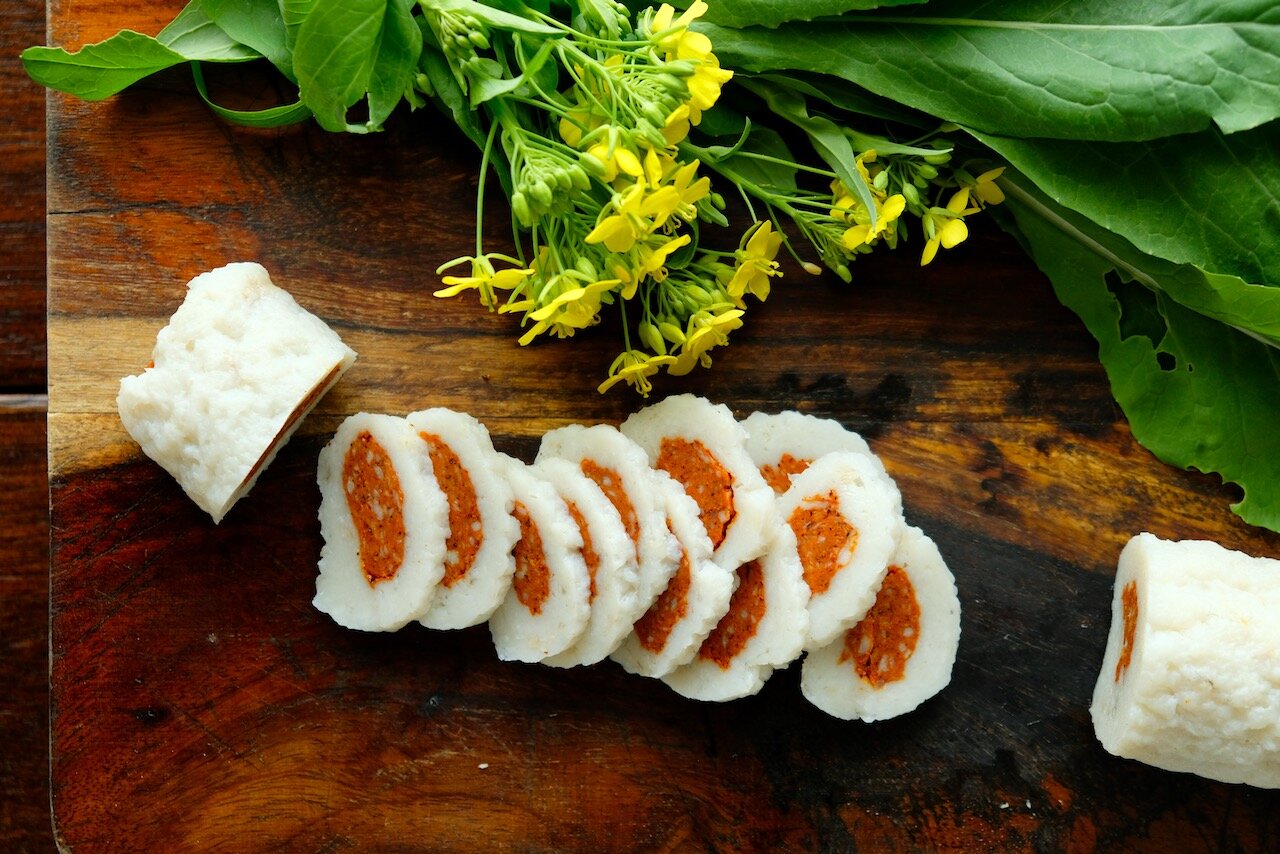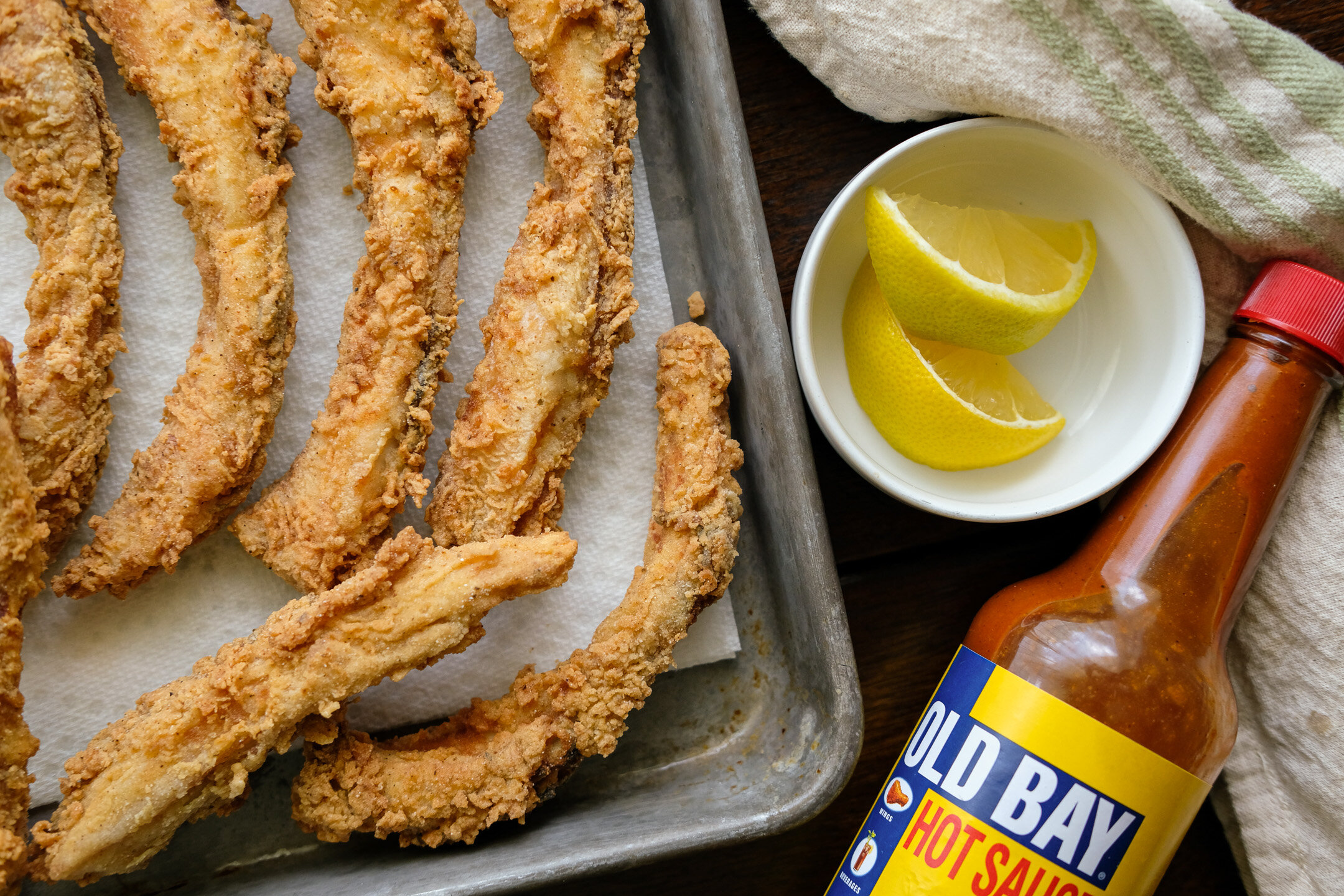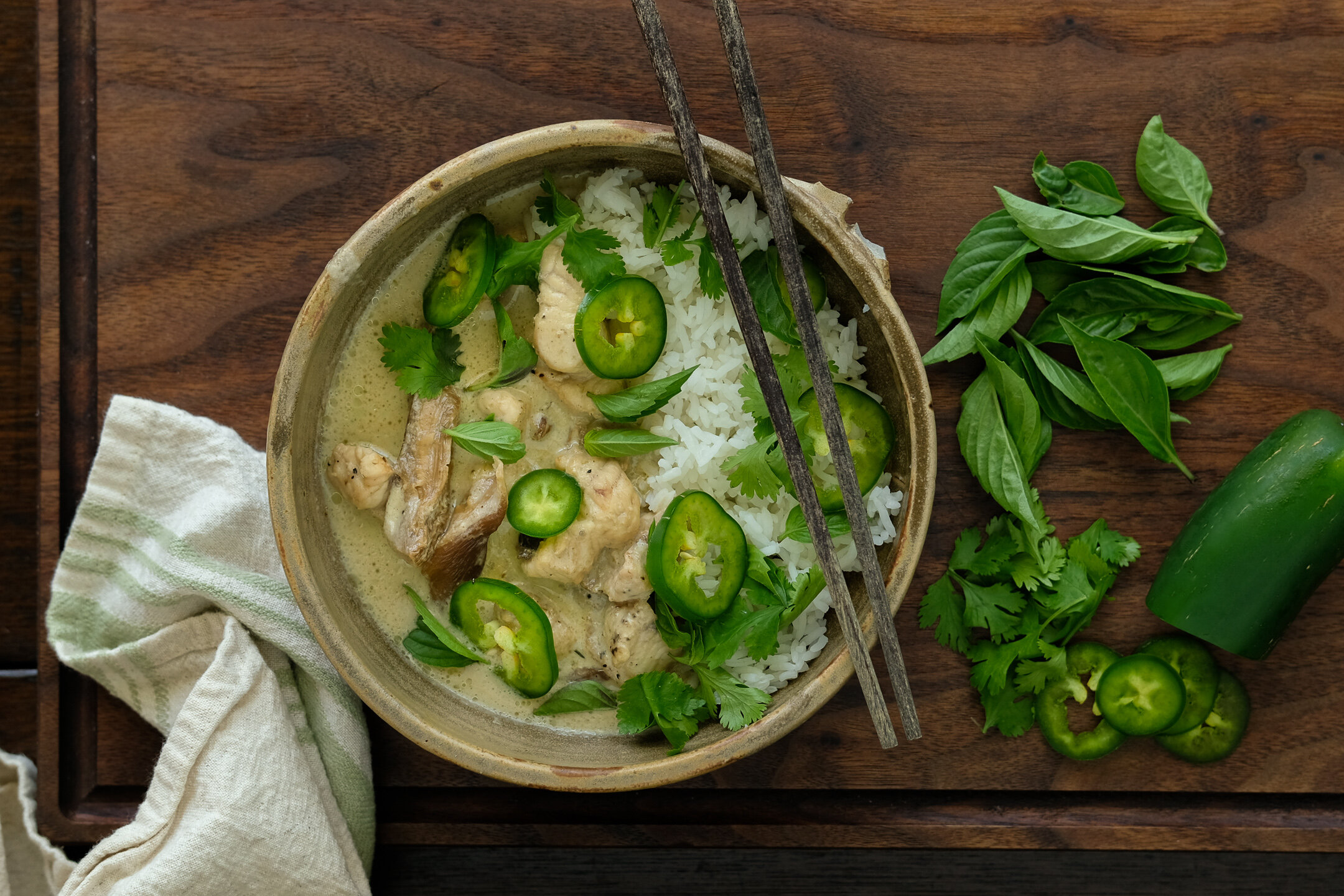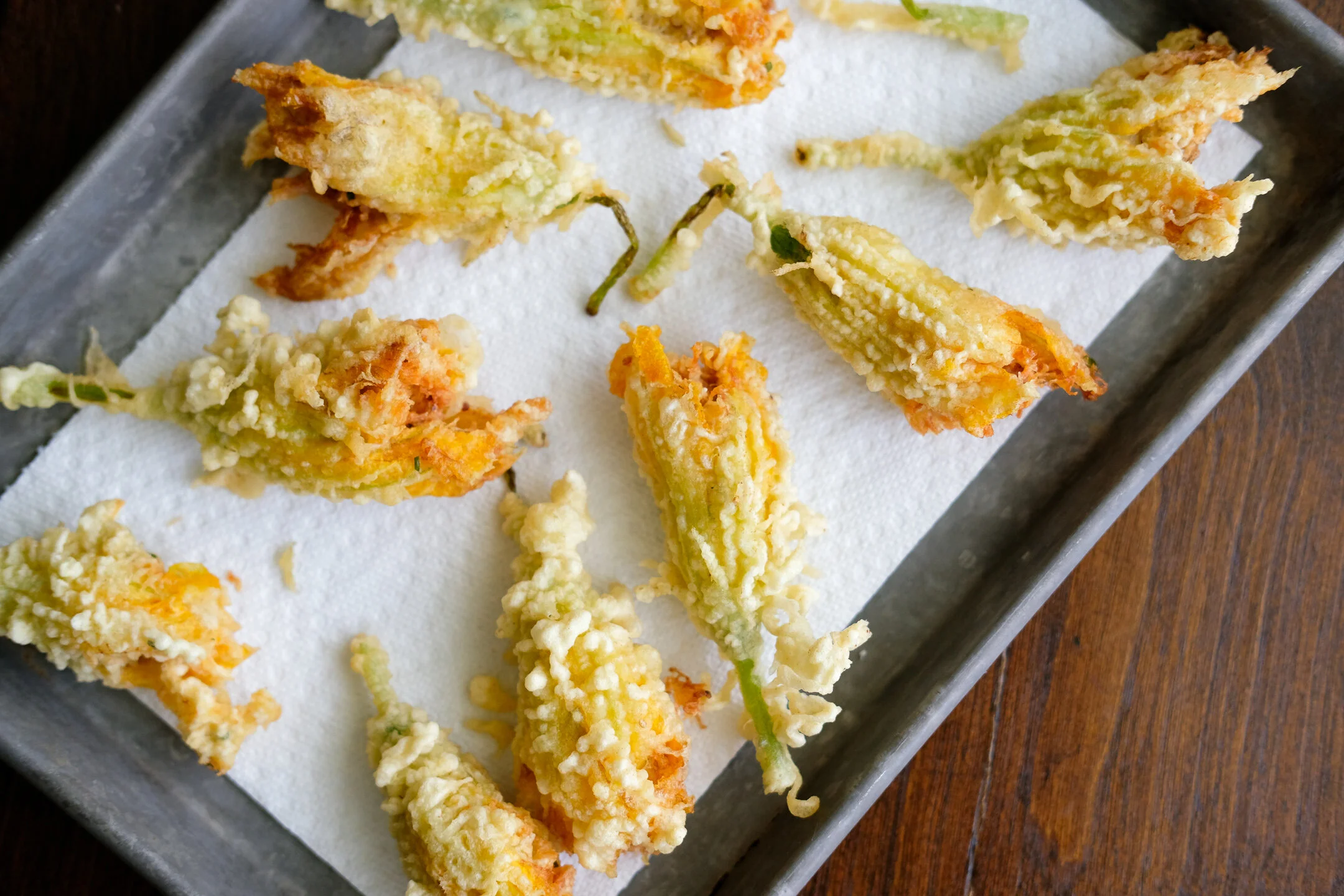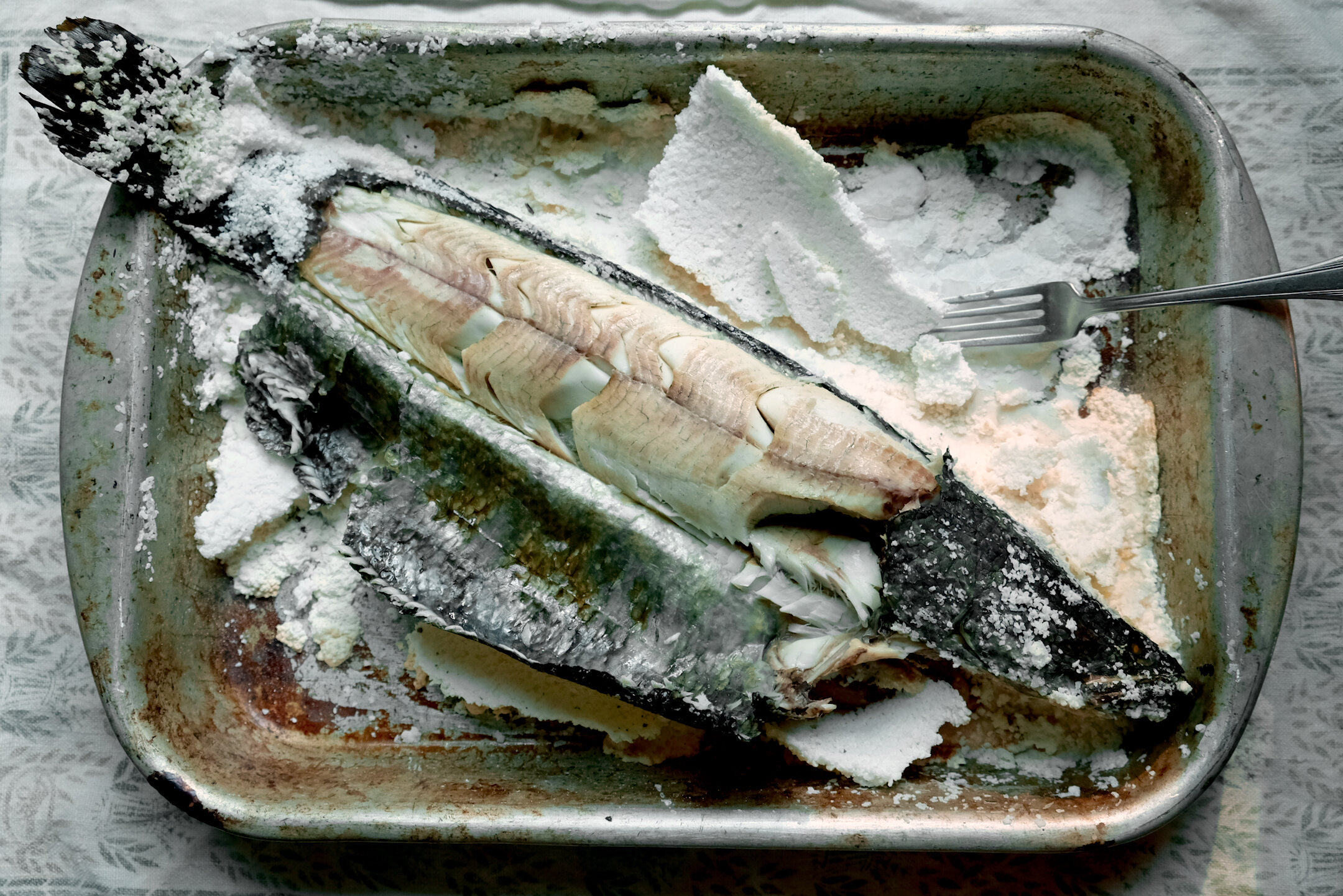Largemouth Bass Kamaboko

I have a general dislike for largemouth bass. It's an unpopular position, given the multibillion dollar economy surrounding the fish. And to be fair, my unfavorable opinion isn't in any part the bass’s fault- it's the culture surrounding it that I don't care for. Tournaments, team jerseys and glitter boats make almost no sense to me given that there are tastier and harder fighting fish out there.
But I’m not trying to go too far down that rabbit hole- my disregard for bass simply means that I don't go out of my way to fish for them. They have a huge recreational value to other people, and there are tastier fish in the water, so I leave them alone as best I can. But every now and then, while fishing for just about anything else, a largemouth bass takes down too much hook. If I think it's mortally wounded, I’ll spike it and put it in the cooler with the rest of the day’s haul.
There is nothing particularly wrong with the taste of largemouth, but there is nothing that stands out either. It's mild, kind of flaky, and pretty run-of-the-mill as far as table fare goes. You would do well to substitute largemouth bass in any tilapia recipes you might find.
Since I usually only kill one or two unlucky largemouth bass a year, I try to go out of my way to experiment with it in a recipe that I don’t make often. Kamaboko is that “once or twice a year” recipe.
In short, kamaboko is a type of surimi, which is a fish paste that can be cooked a number of ways, and it’s used in everything from soups to fried rice. Those paper thin, white and red swirled wafer things in your instant ramen? Those are freeze dried slices of kamaboko. Imitation crab legs used heavily in sushi joints are also made from surimi. Surimi is kind of like the Asian version of mechanically separated chicken- it's in everything, and very few, if any, people make it at home.
This recipe is a work in progress. The results are tasty, but the aesthetics need some work. Getting the paste spread out thin enough to get a distinct swirl has proven difficult. Trying to get that factory-processed smoothness on the outside has also been a losing battle.
As far as taste goes though, these are as good, if not a little better, than most of the stuff you can buy in an Asian supermarket in America. The kamaboko has a nice bouncy texture, and the fish tastes more like fish and less like ocean chicken nuggets. The achiote (which I use instead of food coloring) gives it a nice pop of peppery-fruit flavor and rounds out the “clearly not made by a pro” look.
I plan on experimenting more with this recipe to improve on the rolling and shaping process and also try cooking them in different ways, but for now, this basic method yields perfect little additions to a spicy pack of instant ramen.
Largemouth Bass Kamaboko
Prep time: 45-60 minutes
Cook time 25 minutes
Inactive time ~2 hours
This recipe is based on the weight of your bass fillets- take your fillets, weigh them, and then calculate the percentage of salt, flour, and water you will need to make the surimi based on the weight of your fillets. We do this for a reason- the fish are likely to vary in size quite a bit, and this makes it much easier to get a consistent result than if we had called for ingredients listed in cups and tablespoons.
Bass fillets, skinned, all bones removed (any mild, white, flakey fish will work)
2% salt
5% flour
10% water
achiote paste (optional, for color)
Method:
Cut the fillets into 1” squares and soak in an ice bath. Stir gently and allow the water to rest- oils from the fillet will appear on the top of water. Drain off the oily water and repeat the process until the water no longer produces oil.
Strain fillets and press out water.
Place cut fish in a blender or food processor and pulse until crumbly. Add in salt, flour and water. Pulse until combined and semi-smooth.
Optional step: If you want the red layer that is distinct in some kamaboko, you need to add coloring. This can be done with red food coloring, but we use a 1:1 mix of achiote paste and water. Separate ¼ of the fish paste and mix in around 1 tbsp of achiote and water paste. Mix well to get desired color and add more if necessary, depending on your batch size.
Spread out the fish paste on a sushi mat wrapped in plastic film into a ¼” thick rectangle. Add a thin layer of the red paste if doing so.
Roll the paste into a cylinder, pressing firmly to remove as much air as possible. Allow to rest at room temperature for an hour. The outside should dry out a bit.
Prepare a steamer with plenty of water and bring to a rolling boil. Steam cylinders for 25 minutes. Dunk into a prepared ice bath immediately to cool. Slice and serve. You can also freeze the kamaboko. Just vacuum seal it and thaw right before you intend to use it.



